After Decades of Being Ignored, a Nut From 20-Pound Pine Cones Is Back on Australian Menus
Aboriginal groups once traveled long distances to celebrate its harvest.
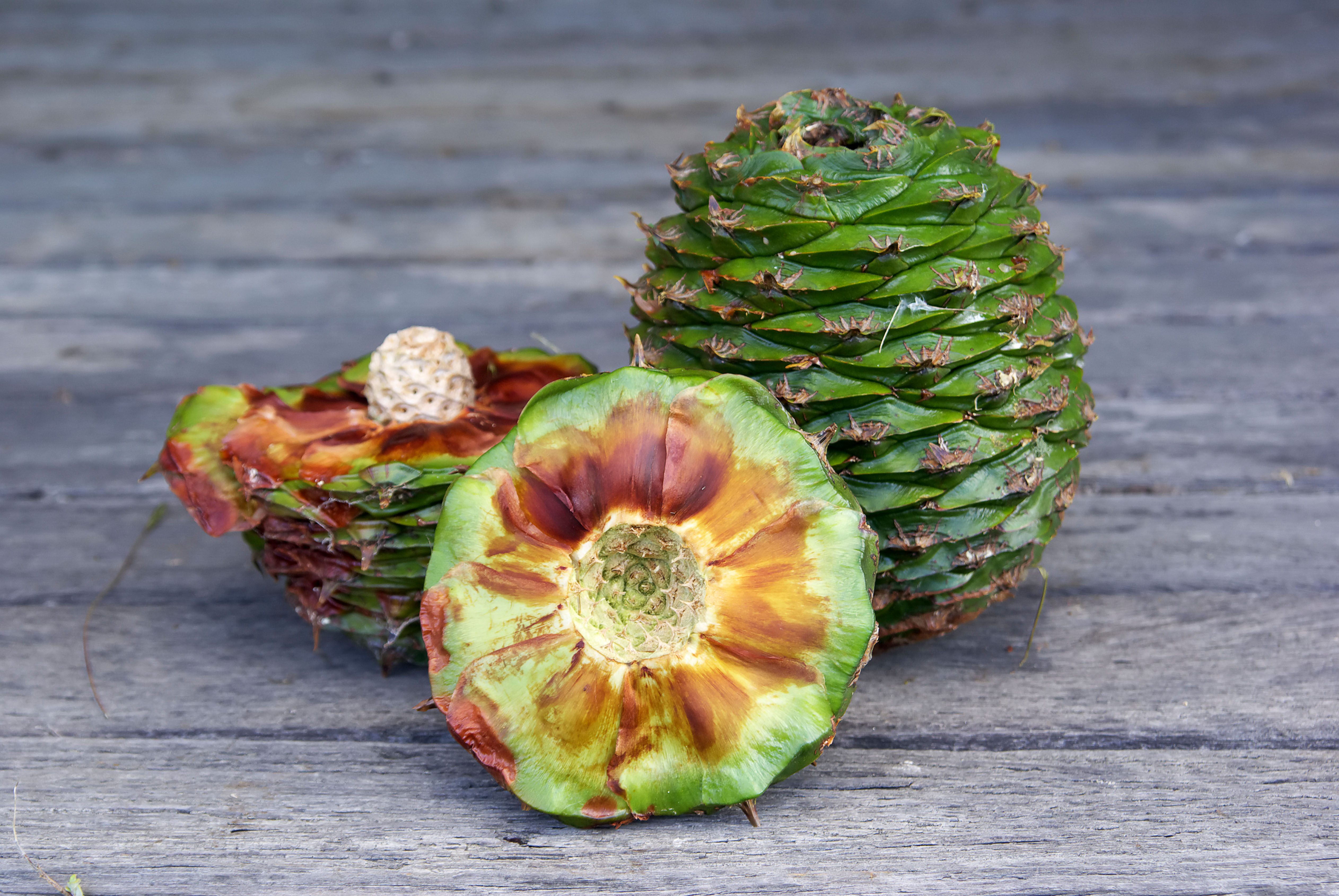
Aboriginal artist Leeton Lee grew up honing his survival skills in the Australian bush, crafting shelters from the bark of fallen logs, carving spears out of tree branches, and snacking on the tart berries of lilly pilly bushes. But it wasn’t until he spent time, as an adult, with one of the elders of Cherbourg, an Aboriginal community in Queensland, that he had his first bunya nut.
“I couldn’t believe it’s something I sort of missed along the way,” he says, “and that a lot of other people had missed, too.”
Bunya trees are the stuff of legend. Roaming dinosaurs likely snacked on their flowering pines, and their harvest has been an Aboriginal food source for centuries. Native to Queensland—where they thrive in the state’s wet, tropical soils—the bunya pine can grow to more than 150 feet with a trunk more than four feet in diameter. The tree’s immense dome-shaped crown is decidedly impressive, and every three to four years, this towering evergreen produces pine cones the shape of an egg and the size of a football that can weigh as much as 22 pounds. When a bunya pine barrels off a tree, it typically drops intact: a spiky pod filled with anywhere from 30 to 100 husk-covered nuts.
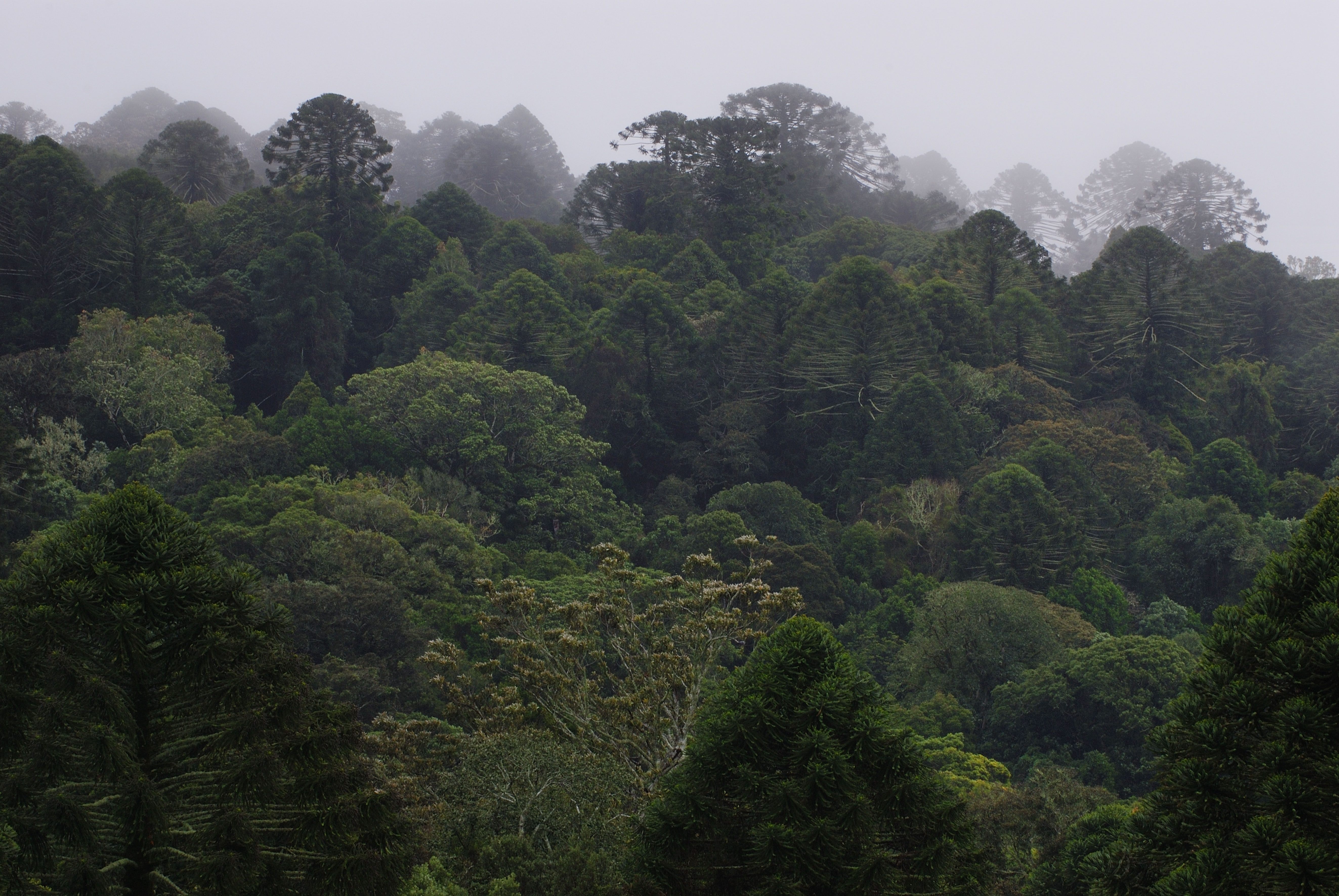
Before Europeans arrived, Aboriginal Australians met every three years for a massive celebration when bunya nuts were at their ripest. “Once bunya cones would start to show, Aboriginals in the Bunya Mountains would send out word that this was the year of the festival,” says Lee. “Then Indigenous peoples from all different tribes would travel from as far as western Queensland and Victoria to come.” For centuries, during these festivals, tribes put aside differences to trade, arrange marriages, and feast on the bunya nut: raw, roasted, boiled, and sometimes ground into flour and baked. “Bunya pines are a food source that people can carry with them,” Lee says, noting that people could simply gather and eat from these massive natural “lunch-boxes” while traveling to and from the event.
Southern Queensland’s Bunya Mountains—an isolated section of Australia’s Great Dividing Range, about 124 miles northwest of Brisbane—are still home to the country’s largest stand of ancient bunya trees, and rogue bunyas tower beside residences and along former Aboriginal trading routes statewide. But a Bonye Bonye Festival has not been held since the early-20th century, when the relocation of Aboriginals to government settlements, coupled with Europeans’ logging of bunya pine timber, brought these events to an abrupt end.
This colonization curtailed bunya-nut food culture, and resulted in widespread ignorance of their potential as a food source. “A lot of people have them on their property and don’t realize it,” says Lee. “They just chuck the fallen pines in their trailer and take them to the dump. They don’t know that they’ve got food there.”
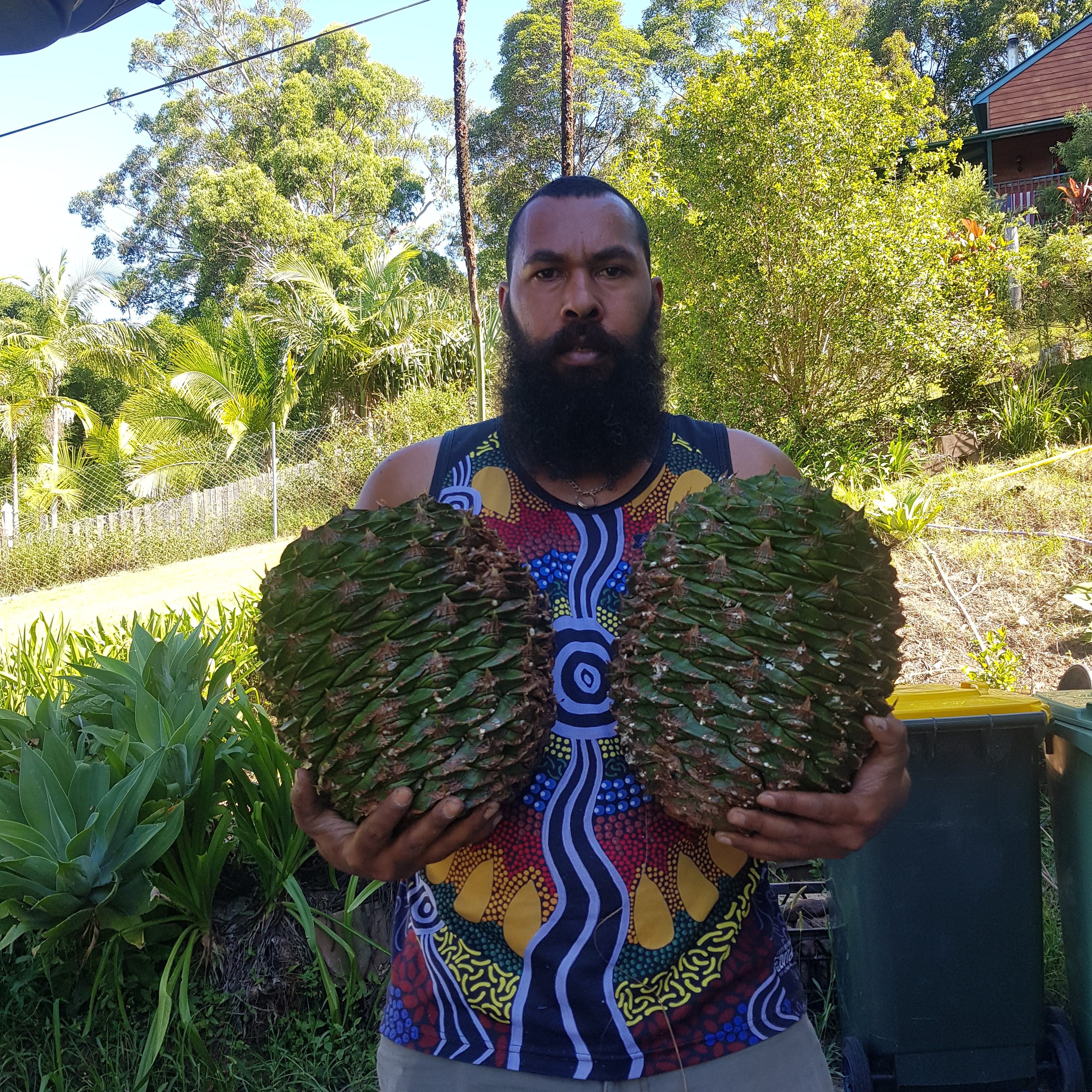
In 2018, Lee decided to hold a free bunya workshop introducing the tree and its benefits. “One of the big things for me,” he says, “is that we’ve got a lot of kids that are going to school hungry, and they’re walking past these food sources on the way to and from class. I also thought this would be a good opportunity to share a bit about our Aboriginal history and the stories that go with it.” A quick Facebook post gauging local interest told him all he needed to know. “I was only expecting a few people to respond,” he says, “but instead I heard from more than 100.” The majority were non-Aboriginal Australians.
Several participants drove hours for Lee’s May 2018 event. Here, at his own “bunya gathering,” Lee cooked up nuts for guests, offered culinary tips on incorporating them into everything from stir-frys, which bring out their chestnut-like flavor, to sweets such as chocolate, which gain added texture and earthiness, and gave out gift bags of nuts.
“One of the good things with bunya nuts,” says Lee, “is that while traditionally they’d be stored or buried for preservation or fermenting, nowadays we can freeze them.” He taught his audience, too, the importance of sustainability—not just in looking after the trees, but in not overharvesting them. When collecting bunya pines, he advises, leave some behind for other people to enjoy—and some for the wallabies too.
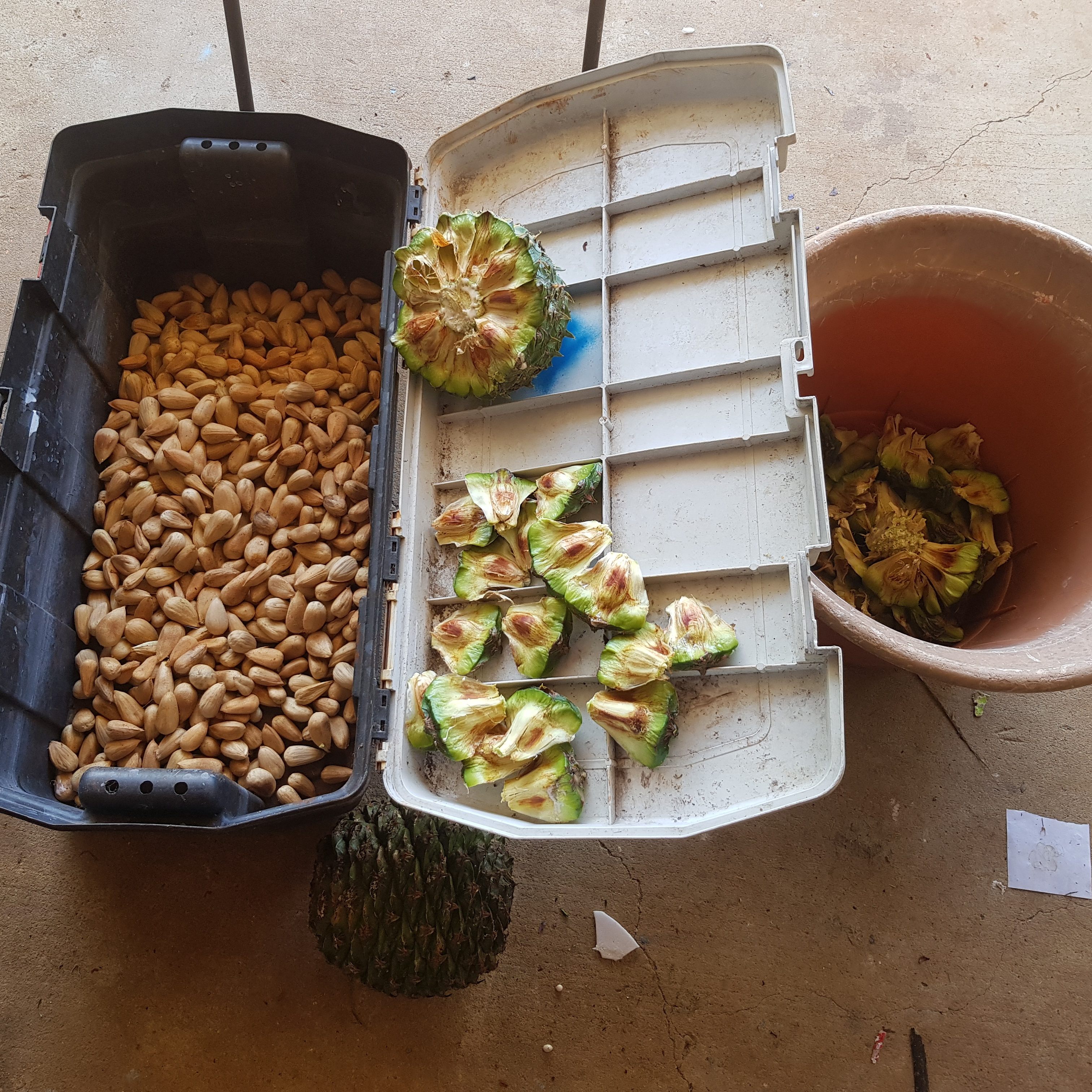
Lee’s evangelizing of bunya nuts fits into a larger Indigenous food movement gaining culinary traction countrywide. Top restaurants such as the French-inspired Vue de Monde, on the 55th floor of Melbourne’s iconic Rialto Towers, and Adelaide’s native-food restaurant Orana are incorporating Indigenous ingredients from bunya nuts to crocodile, sprinkling them on sea urchin and serving them up as soup. While Lee appreciates seeing Aboriginal foods in restaurants, he also sees this culinary trend as a prime opportunity to involve and highlight Australia’s Indigenous population.
“Think about things like boomerangs and artwork,” he says, “intellectual property that’s been reappropriated and mass produced in places like China and Indonesia. This is a chance for Aboriginal people to showcase our own culture.”
One such example is Something Wild, an Indigenous foods purveyor housed in South Australia’s Adelaide Central Market. As both an Aboriginal and Torres Strait Islander (two distinct Indigenous peoples), owner and manager Daniel Motlop grew up munching on kakadu plums and green ants in the country’s Northern Territory. With Something Wild, he aimed to bring these lesser-known foods to the masses.

“From a sustainability point of view, there’s so much of this native food, or ‘bush tucker’ as we call it,” he says. “Why not showcase what Australia has to offer?” Motlop sells bunya nuts alongside marine veggies such as samphire and sea blight, and meats such as emu, kangaroo, and crocodile. “This stuff has been a part of Indigenous communities for years—in our songs and our Dreamtime and in everything we do in life,” he says, referring to a spiritual concept at the heart of Aboriginal religion and culture.
Both Moltop and Lee hope that Australia’s growing interest in Aboriginal foods can bring a better understanding of Aboriginal history as well. “It’s a great thing to have the stories that accompany a plum, berry, or green once it’s been harvested,” says Motlop. “I think it showcases Australia’s Aboriginal culture, and in a good light that really hasn’t been documented well in the past.” A Queensland horticulturalist named Bruce Thompson has even pushed to make Bunya Mountains National Park a UNESCO World Heritage site, in part because of its sacredness to Aboriginal communities and the ancient stand of bunya pines the park contains. Lee is also considering ways to re-establish the Bonye Bonye Festival, as a way for Aboriginal people to reconnect and introduce their beloved bunya nut to a much wider audience.
“We are Australia’s minority population now,” Lee says. “So it’s really important that others who live here understand what they have and how best to care for it.”
Gastro Obscura covers the world’s most wondrous food and drink.
Sign up for our regular newsletter.





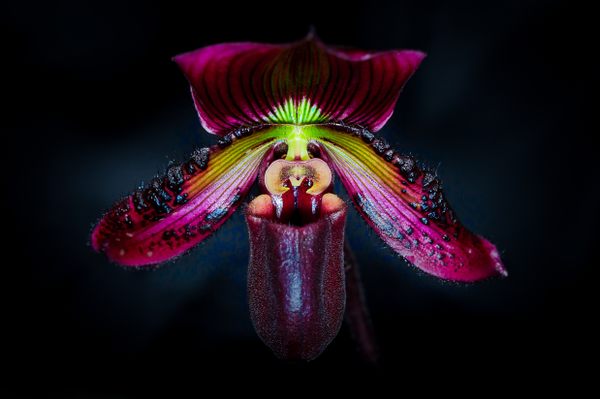

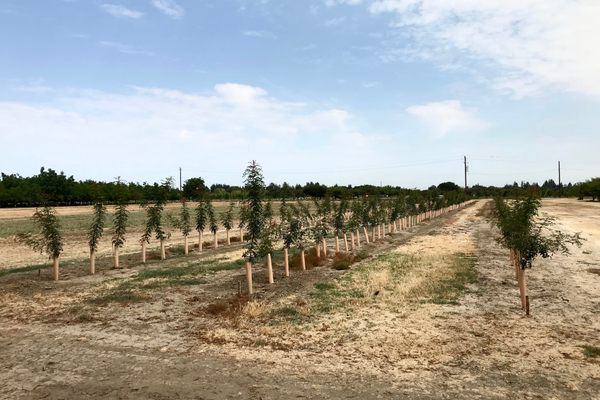
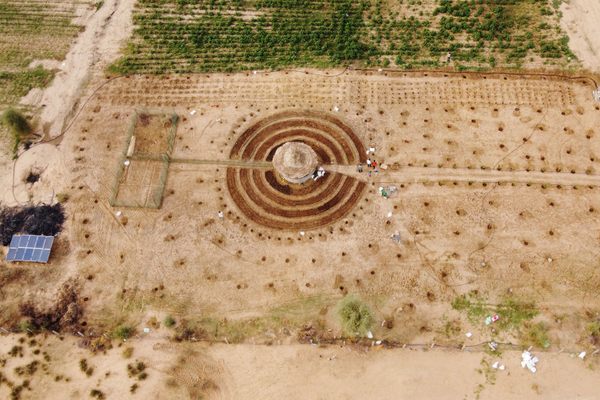
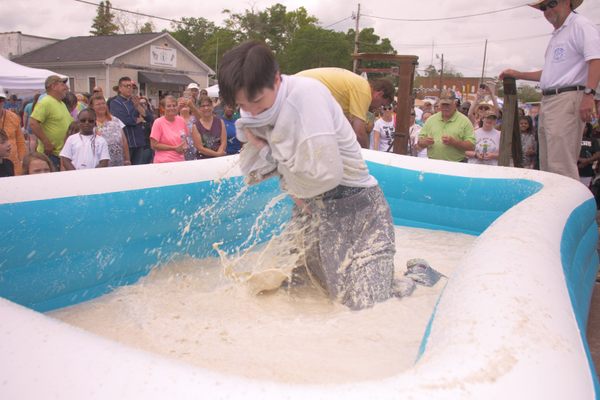



















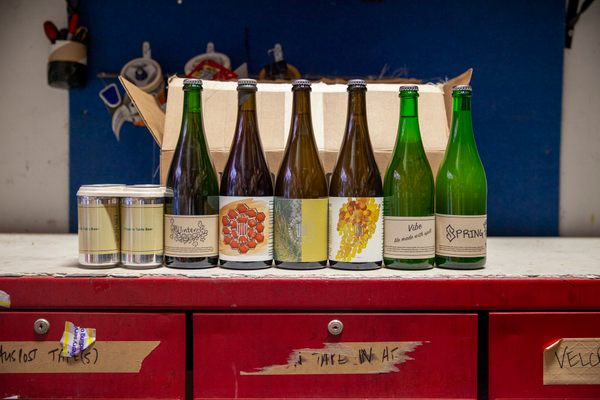

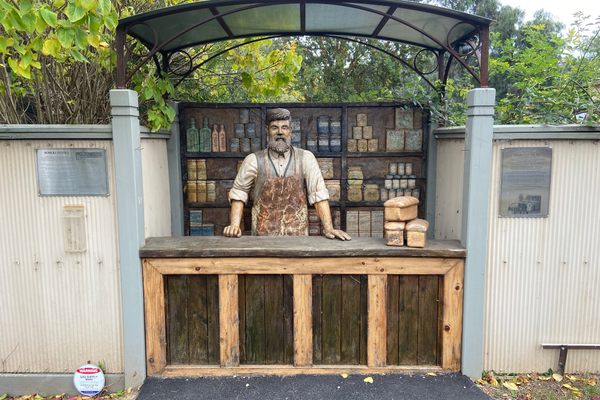


Follow us on Twitter to get the latest on the world's hidden wonders.
Like us on Facebook to get the latest on the world's hidden wonders.
Follow us on Twitter Like us on Facebook